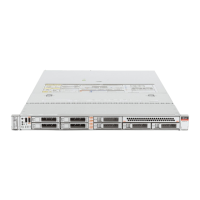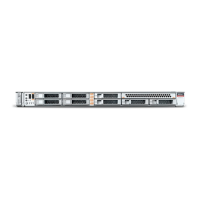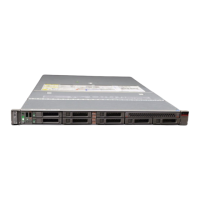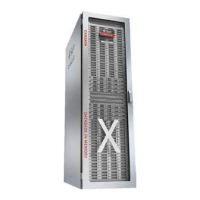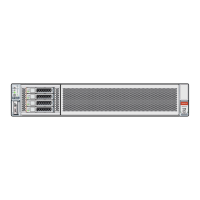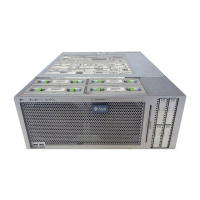Restoring a Database with the CLI
Restore a database to a system from Oracle Object Storage using a Backup Report
and the command-line interface.
When you restore a database, environment and validation checks and setup tasks are
performed. Restoring a database requires a number of tasks and configuration details,
such as creating database storage, Oracle Home, recreating the control file,
registering the database, and establishing RMAN restore and recovery. An Oracle
Database Appliance backup report is generated for each backup and contains the
metadata required to restore a database. The report is designed to help you to quickly
and efficiently restore a database.
You can restore a database from one appliance to another appliance, or to the same
appliance when the source database is deleted:
• To restore to a different system, copy the backup report generated by the
command odacli create-backup to the other machine's \bin folder and use
the command odacli irestore-database with the backup report.
• To restore to the same system, delete the source database and use the backup
report generated by the command odacli create-backup.
To restore a database to another system, you must have a database backup report in
Oracle Object Storage, valid credentials in an Oracle wallet (ObjectStoreSwift), the
Swift Object Store credential ID, and the SYS user password.
Follow these steps to restore a database using the command-line (CLI):
1. Display a list of backup reports and locate the latest Backup Report in Oracle
Object Storage for the database and save the Backup Report ID.
# odacli list-backupreports
2. Use the Backup Report ID to display the details of the Backup Report.
# odacli describe-backupreport -i 2d82460c-d648-4e75-8c7d-72cc90bc442a
{
"id" : "2d82460c-d648-4e75-8c7d-72cc90bc442a",
"dbResId" : "b5fc646e-01a6-4c8b-8286-7633346c4329",
"tag" : null,
"dbId" : "2717054291",
"dbName" : "ExampleDB",
"dbUniqueName" : "ExampleDBu",
"backupType" : "REGULAR-L1",
"keepDays" : null,
"backupLocation" : "https://swiftobjectstorage.example.com/v1/dbaasimage/backupbucket",
"cfBackupHandle" : "c-2717054291-20180108-04",
"spfBackupHandle" : "c-2717054291-20180108-04",
"pitrTimeStamp" : "January 08, 2018 12:43:14 PM UTC",
"pitrSCN" : "1175058",
"resetLogsTimeStamp" : "January 08, 2018 09:55:34 AM UTC",
"resetLogsSCN" : "1112268",
"oraHomeVersion" : "12.2.0.1.170814 (26723265, 26609817)",
"sqlPatches" : "25811364,26609817",
"backupLogLoc" : "https://swiftobjectstorage.example.com/v1/dbaasimage/backupbucket/system_namec1n1/
rmanlog/ExampleDBu/2717054291/2018-01-08/rman_backup_2018-01-08_12-42-41.0545.log",
"tdeWalletLoc" : null,
"dbConfigLoc" : "https://swiftobjectstorage.example.com/v1/dbaasimage/backupbucket/system_namec1n1/
dbconfig/ExampleDBu/2717054291/2018-01-08/
DBCONFIG_TAG20180108T124407_2018-01-08_12-44-07.0533.tar.gz",
"name" : "Backup_Report_ExampleDB",
"createTime" : "January 08, 2018 12:42:08 PM UTC",
"state" : {
"status" : "CONFIGURED"
},
Chapter 11
Using the CLI to Backup, Restore, and Recover
11-21
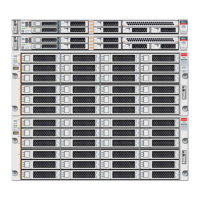
